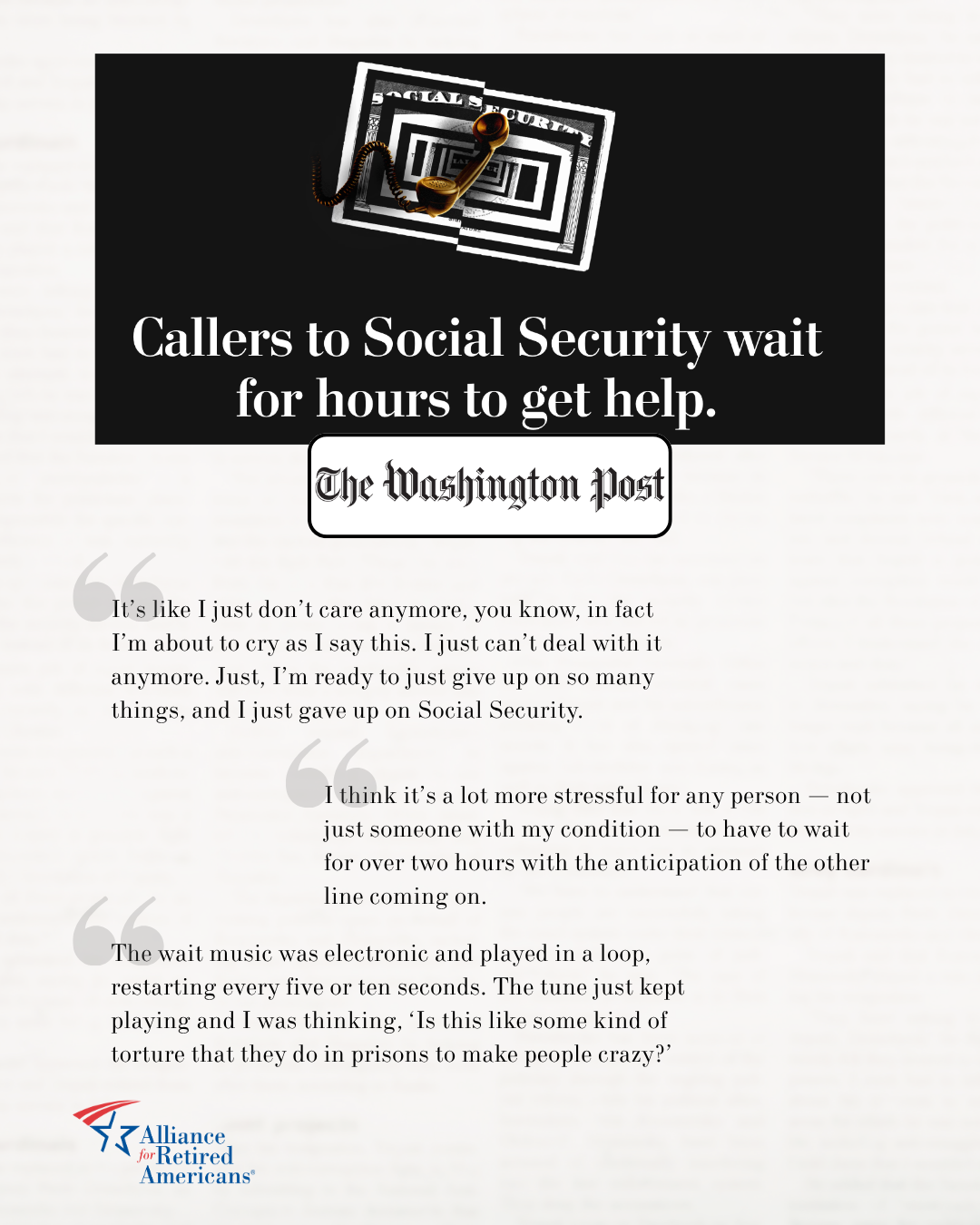The Centers for Medicare & Medicaid Services (CMS) hosted health tech leaders at a Health Tech Ecosystem Connectathon event in Washington, D.C., Thursday to showcase progress on its interoperability pledge.
In late July, the CMS and the White House jointly announced a new focus on driving healthcare interoperability and getting health data into Medicare patients’ hands. The push for innovative products that ease health data transfer stems not from regulation, but from voluntary commitments made by industry to uphold new standards set out by the CMS.
The announcement was sprawling and included several spokes: a new CMS Interoperability Framework and a Health Tech Ecosystem that committed to working on conversational AI, modern digital identity verification and diabetes apps.
The CMS also committed to improving Medicare beneficiaries’ digital experience with CMS websites.
Since July, the administration has been relatively quiet about the progress of the initiative. But at the D.C. Connectathon event, the CMS and private companies showed off the progress they’ve made toward the interoperability goals.
The CMS debuted a beta prototype of its new national provider directory, multiple attendees said. The directory will allow Medicare beneficiaries to find providers that accept Medicare and will be available via a free FHIR API.
One participant noted that the CMS will update the public on its progress online and via a GitHub repository, an open-access cloud repository for projects that also tracks changes.
Multiple companies also demonstrated products that meet the standards set out by the CMS in July for its so-called CMS Aligned Networks.
At the event, Priyanka Agarwal, CEO and co-founder of HealthEx, demoed the HealthEx platform, which provides real-time patient access to complete health records posted on LinkedIn, Agarwal posted on LinkedIn. Developed in collaboration with Epic, CLEAR and MedAllies, the HealthEx platform, powered by MyChart Central, includes grouped authentication across Epic sites, a simplified process to define what records are shared with HealthEx and joint authorization for records access across multiple Epic sites, Agarwal wrote.
Epic, CLEAR and MedAllies are also early adopters of the CMS pledge.
“Without any new regulations, multiple companies demonstrated in production functionality that aligned with the CMS-aligned network commitments less than 120 days after the initial launch of the CMS pledge,” Ryan Howells, principal at Leavitt Partners, said in a written statement.
President Donald Trump even threw his political weight behind the initiative when he delivered remarks at the Make Health Tech Great Again launch in July.
“The key breakthrough we’ve made is getting many of the biggest names in healthcare and technology to agree to that real [sic] those standards of electronic medical records that we talk about and you’ve heard about for so many years, and now it’s happening,” Trump said. “This will allow patients to easily transmit information from one doctor to another, even if they’re different networks and using different recordkeeping systems, no matter what system they use, they’re all transferable. The new standards will also make it simple for patients to access their own personal health records.”
At the July event, more than 60 companies signed a voluntary pledge to improve health record interoperability and patient access to health data. The companies included Google, OpenAI, Amazon, Anthropic and health tech companies like Zocdoc, Oura, Oracle and b.well Connected Health.
The pledge requires the 60 companies to deliver results in the first quarter of 2026.
“At the CMS Health Tech Ecosystem Connectathon, I saw a strong industry push to enhance patient experiences through AI-enabled workflows and patient-facing applications,” Nick Orser, senior director of solutions consulting at Verato, said. “The event’s spirit was highly collaborative, with a diverse mix of organizations, some unexpected, partnering to showcase innovative solutions. In the breakout sessions, however, discussions turned pragmatic. Participants acknowledged the immense difficulty of accurately matching patients to their data—essential for interoperability, TEFCA and patient access—and the even greater challenge of rationalizing provider data amid vast variability and disparities across systems, payers and regions.”
In addition to the pledges signed by the private sector in July, the CMS unveiled a new voluntary CMS Interoperability Framework to share data and “stop theoretical debates and start delivering real results,” a press release said.
The interoperability framework includes some basic criteria like patient access and empowerment, provider access, timely data availability, transparency and security.
Patients should be able to use an app of their choice to access structured and unstructured electronic medical information with a digital identity credential, the CMS’ framework says. Patients should also be able to access their claims, explanation of benefits and prior authorizations from current or past payers and have access to an audit log of who has accessed their data, when and why.
“The focus was on the industry’s efforts to provide better access, eliminate barriers to care, align data and diagnosis, and unleash the power of technology to support the patient health journey,” Kem Graham, vice president of growth and strategy at CliniComp, wrote in a statement. “Partnerships and empowerment were recurring themes to standardize the processes that patients experience at the point of care. Removing the barriers to information access and opening up a pathway for clear patient empowerment is the clear objective. Workflow enhancement, data sharing and data optimization were emphasized, facilitated by interoperability and innovation with the ultimate goal of simplifying the patient experience.”
Publisher: Source link









